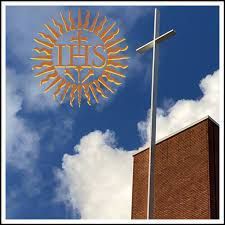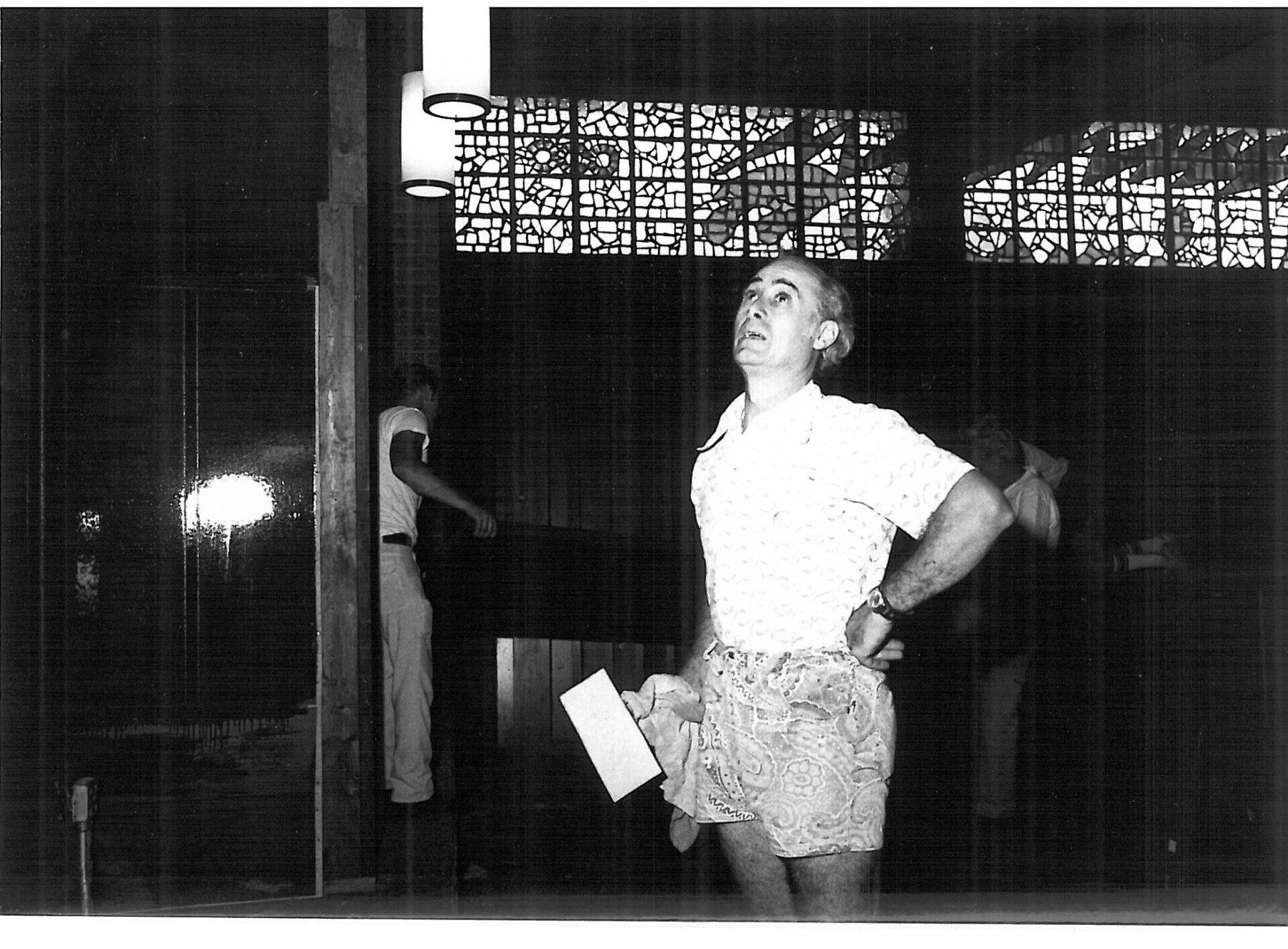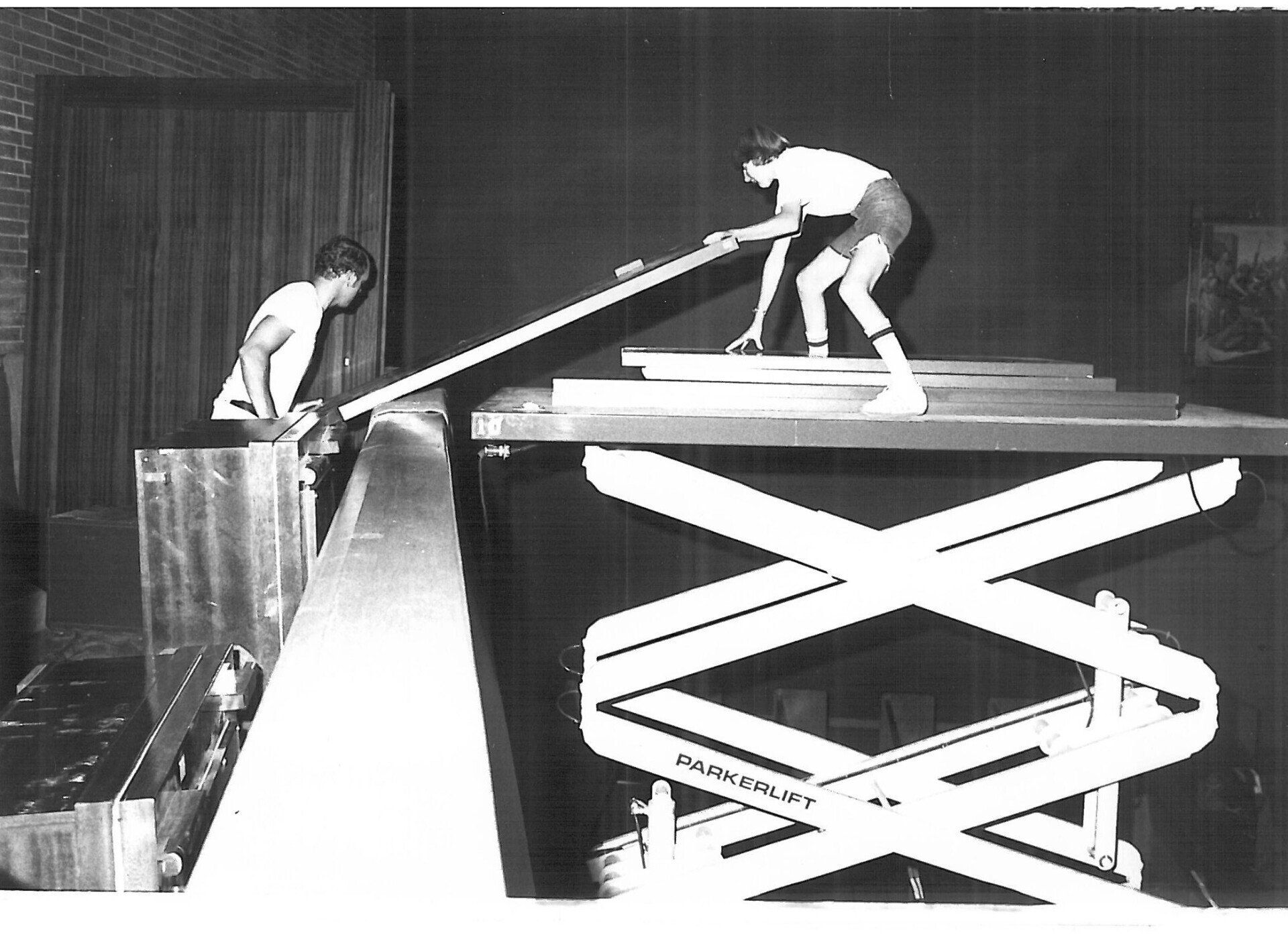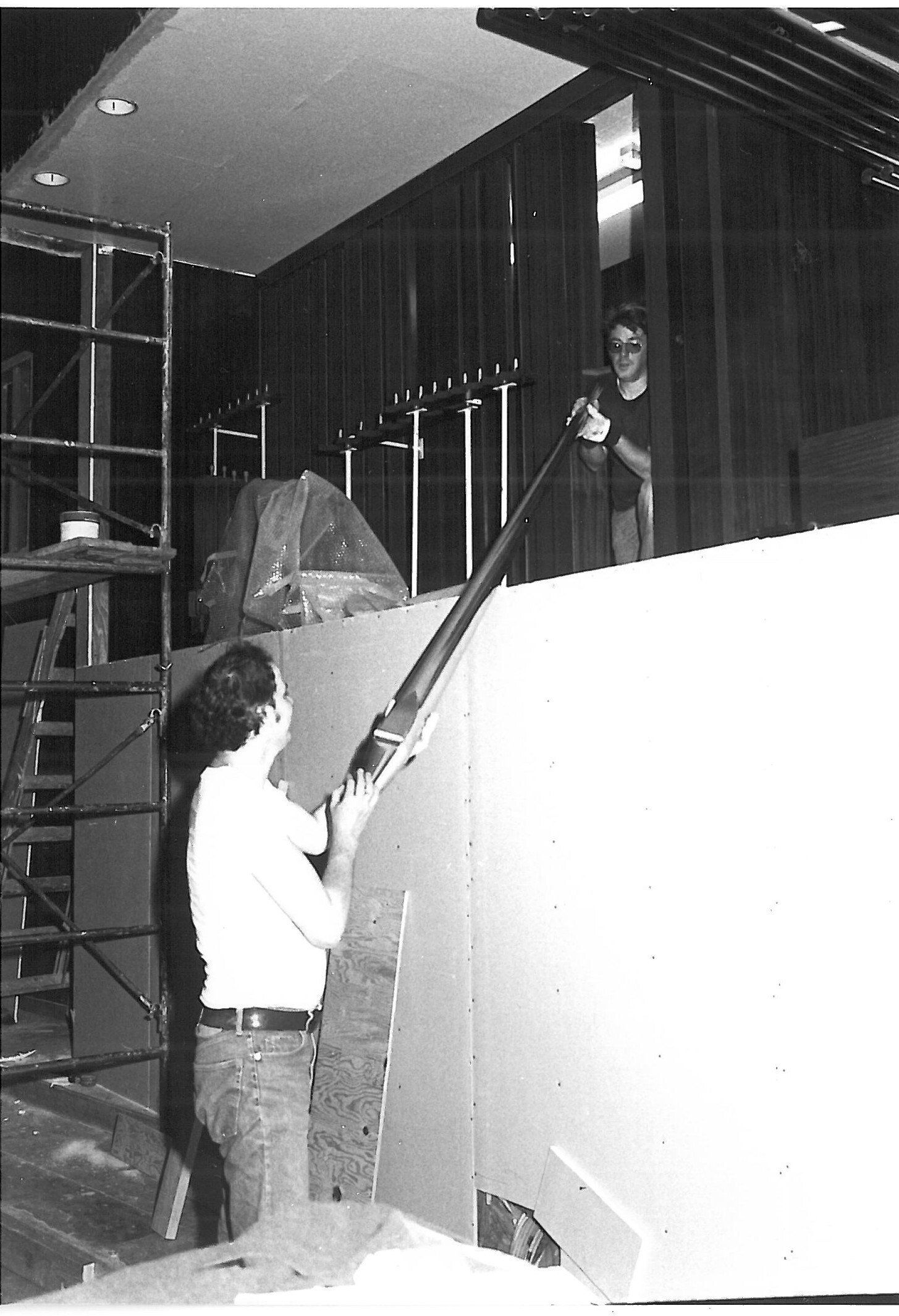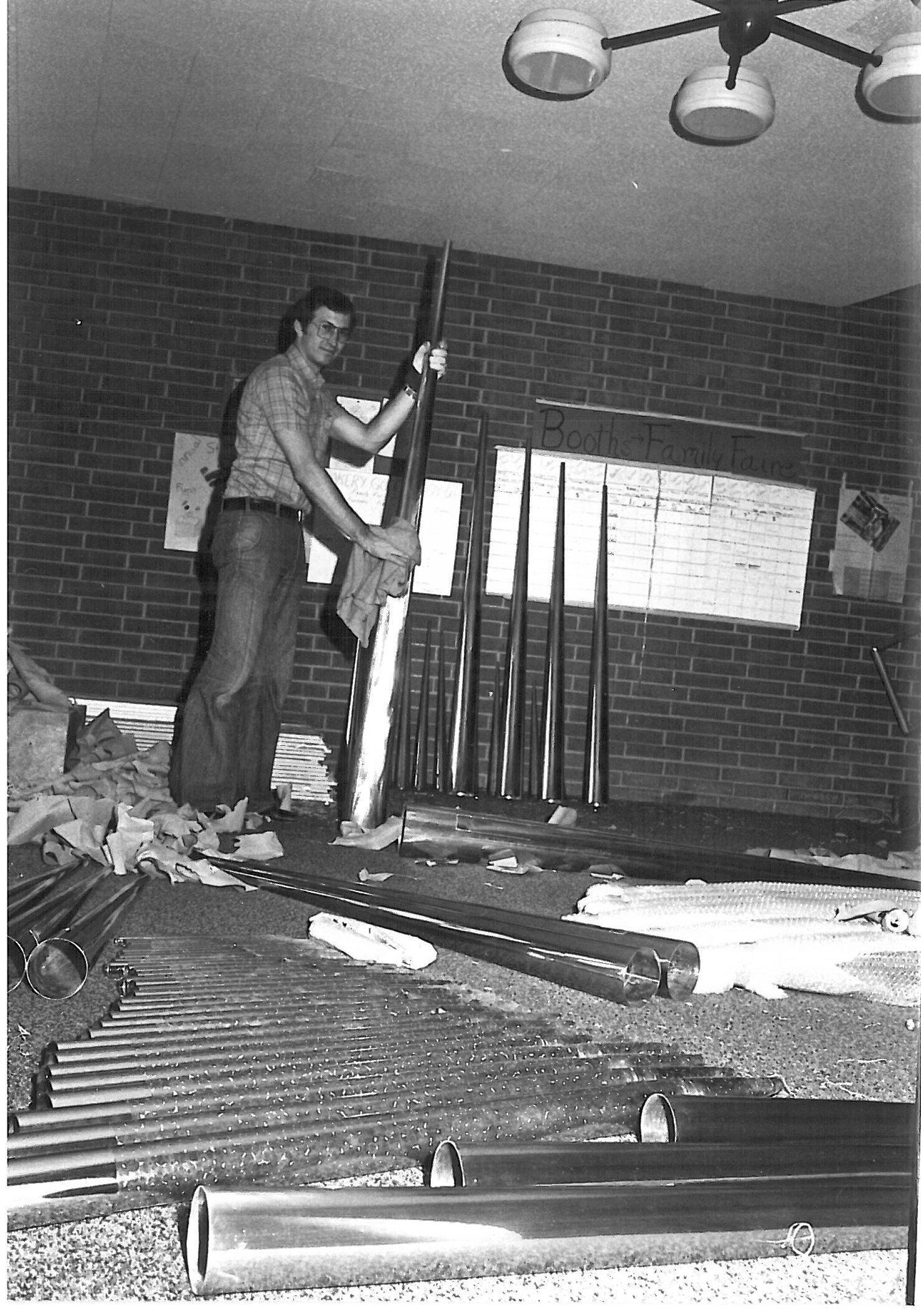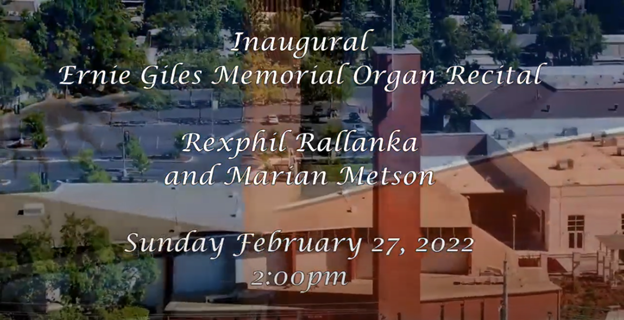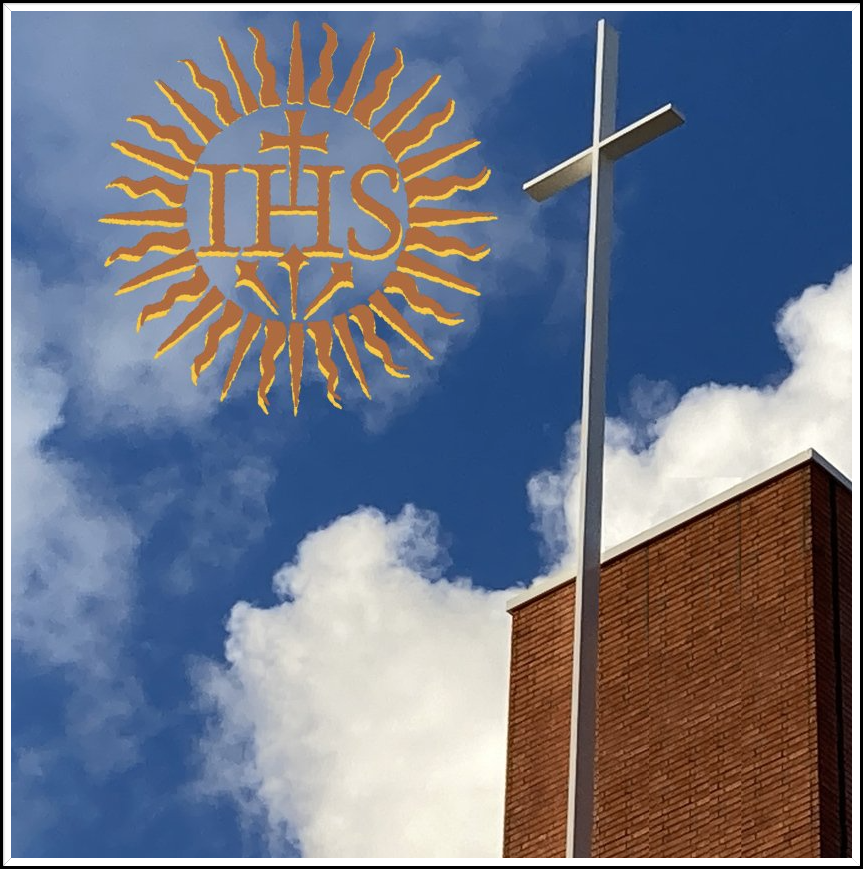Fratelli Ruffatti Pipe Organ
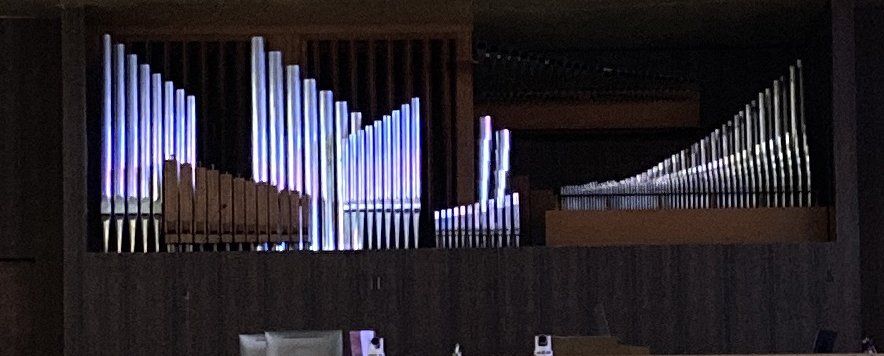
By Ernie Giles, Director of Music and Organist (1978), revised 2020
The two-manual Fratelli Ruffatti organ for St. Ignatius Church is the result of several design proposals and negotiation with Fratelli Ruffatti organ builders of Padua, Italy. The design of the organ was drawn up in consultation with Ernie Giles, Director of Music and Organist for St. Ignatius Church; Walter Bahn, past Music Director of St. Mary’s Cathedral, San Francisco, (which has a celebrated Ruffatti organ); and Roger Fisher, organist of Chester Cathedral, England, together with Francesco and Piero Ruffatti of the prestigious organ building firm. The organ has two manuals (keyboards) and pedals, with sixteen ranks (sets) of pipes. The organ has three divisions called Great, Swell, and Pedal.
The Great Organ is assigned to the lower manual, and consists of six ranks of pipes with nine speaking stops. This division features the Principal chorus crowned with a four-rank Mixture. The Principal chorus is the foundation of the organ’s ensemble, whose sound does not imitate any other instrument. It is important for supporting the congregation in singing. There is also the Cromorne stop, which is a reed imitative of an early form of the clarinet. The addition of this stop gives the Great Organ a beautiful solo reed sound useful for all types of music. The pipes of this division are unenclosed and are functionally displayed on the right side of the organ case.
The Swell Organ, assigned to the upper manual, consists of eight ranks of pipes with ten speaking stops. These pipes are in an enclosure fitted with moveable shutters allowing a range of expression from a soft muted sound to a loud open sound. The Swell Organ contains stops for a colorful flute, a soft string-like stop with a Celeste rank--a set of pipes tuned slightly sharp providing warmth for soft effects--and a smaller Principal chorus with its own three-rank mixture, to contrast the chorus on the Great Organ. Finally, this division has a reed chorus of French-style Trumpets. The Swell Organ can provide soft background and solo music effects, and is useful for accompanying the choir. It is located on the left side of the organ case.
Arranged behind the pipes of the Great Organ and in front of the Swell Organ are the pipes of the Pedal Organ. This division has eight speaking stops derived from one independent rank of pipes and the Great and Swell divisions. The Pedal Organ provides the bass part for the organ as well as pedal solo effects. The quality of its sound is deep and resounding, yet clear, strong and sustaining. There are provisions in the console for additional stops in the Pedal division to provide more flexibility and independence to this division.
The Organ Console uses solid-state circuitry with tilting-tablet stop controls. Its compact design is finished in natural European Oak, Mahogany stained with French-polished Rosewood Interior and a Plexiglas music rack. The manual keyboards each have a standard 61-note compass; the pedal keyboard has a 32-note compass.
The console is equipped with seven inter-manual couplers. These couplers make the stops of each manual division (Great and Swell) available on keyboards other than their own. There are six intra-manual couplers, which makes each manual division more flexible. Additional console controls include four general combination pistons using solid-state computer-type memory. They allow the organist to set up in advance selected stops on the organ and at the push of a single button (called piston) change the setting (registration) of the stops.
The Ruffatti Organ Company used “old world” craftsmanship as well as modern organ building technology to produce an instrument that was both durable and artistic, thus reflecting the long-lasting quality of European Art. Some of these features include solid African Mahogany used for the wooden pipes and for all the windchests (which are finished on the inside as well as on the outside to protect them from varying climatic conditions), and welded structural steel for all load-bearing supports. The metal pipes have a high tin content, an important metal for good tone quality. In all, the organ will have 1,019 individual pipes, sixteen ranks of pipes and twenty-nine speaking stops, with preparation in the console for possible future expansion.
Finally, projecting horizontally over the pipes of the Great Organ is the “en-chamade” processional Trumpet. These sixty-one silver pipes are a noble and stately complement to the rest of the pipes making the this instrument not only an outstanding musical achievement for our church but, more importantly, a fitting expression of the worship and faith of our parish.
Organ Specifications
Principal 8’
Gemshorn 8’
Octave 4’
Rohrflote 4’
Fifteenth 2’
Mixture IV rans 1-1/3
Trompette 16’
Trompette 8’
*Cromorne 8’
Clairon 4’
Trompette en Chamade 8’
Great to Great 16’
Great Unison Off
Great to Great 4’
*future addition prepared for in console
Bourdon 8’
Gemshorn 8’
Gemshorn Celeste 8’
Principalino 4’
Rohrflote 4’
Nazard 2-2/3
Blockflote 2’
Zimbel III ranks 2/3”
Trompette 8’
Clairon 4’
Trompette en Chamade 8’
Tremulant
Swell to Swell 16’
Swell Unison Off
Swell to Swell 4’
Resultant 32’
*Principal 16’
Subbass 16’
Principal 8’
Bourdon 8’
Flute 4’
Contra Trompette 16’
Trompette 8’
Clairon 4’
Inter-manual Couplers
Swell to Great 16’
Swell to Great 8’
Swell to Great 4’
Swell to Pedal 8’
Swell to Pedal 4’
Great to Pedal 8’
Great to Pedal 4’
